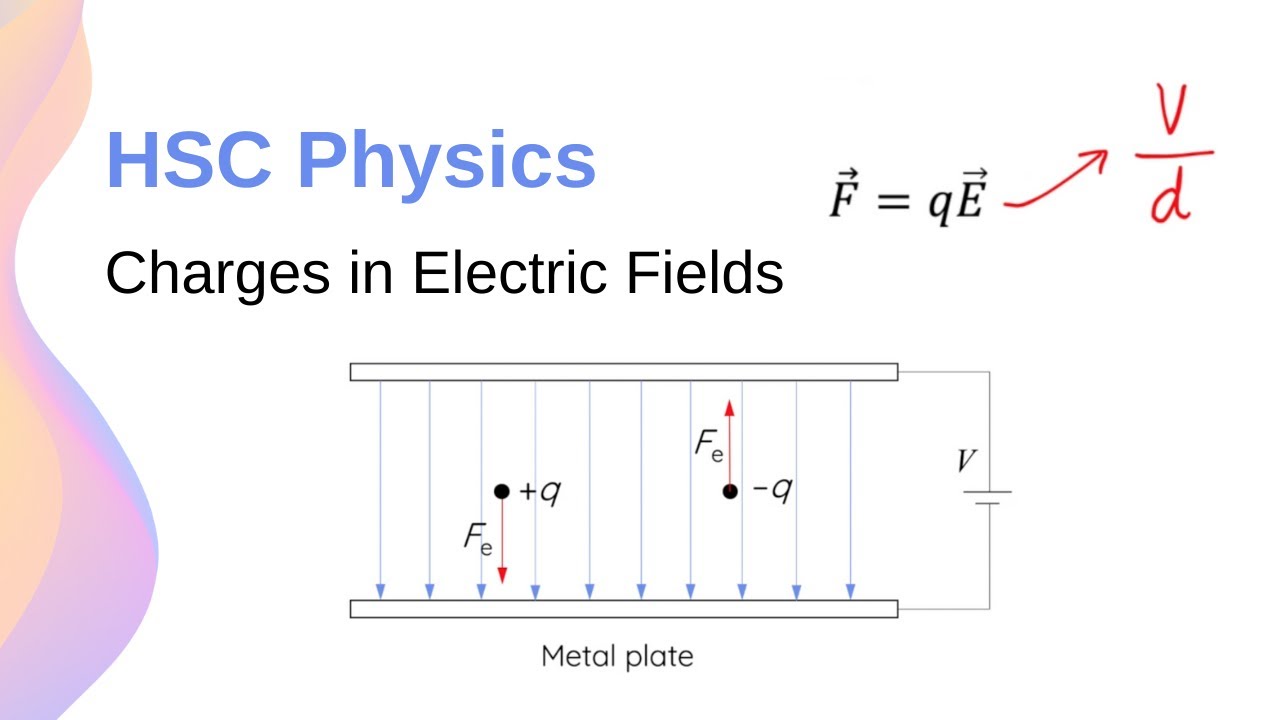Acceleration of an electron in a uniform electric field is a fundamental phenomenon that underpins a vast array of scientific and technological advancements. This captivating exploration delves into the intricate relationship between electric fields and electron motion, providing a comprehensive understanding of this crucial concept.
Yo, let’s drop some science! When an electron hangs out in a uniform electric field, it’s like a drag race. It gets accelerated, right? And this whole shebang is basically what we call “a charged particle in an electric field,” check it out here . Anyway, back to our electron in the uniform electric field, it’s all about the constant acceleration, dude.
By examining the mathematical equations governing electron acceleration, we uncover the factors that influence the rate of acceleration. We embark on a virtual experiment, meticulously outlining the procedures and potential pitfalls to ensure accurate measurements.
The acceleration of an electron in a uniform electric field is a fundamental concept in physics. It’s like the time when 50 years ago that wasn’t an electric fence , but now it’s a whole different ball game. Just as the electrons accelerate in the field, so too has our understanding of electricity evolved over the years.
Electric Field and Electron Acceleration

In the realm of physics, electric fields exert a profound influence on the motion of charged particles, such as electrons. When an electron encounters an electric field, it experiences a force that propels it through the field, causing it to accelerate.
Imagine an electron getting a major boost in speed as it zooms through a uniform electric field. Like a star attraction in a cosmic show, the electron’s acceleration is a sight to behold. And speaking of cosmic wonders, let’s check out what happens when a dipole is placed in an electric field . It’s like a dance between charges, where the dipole’s orientation sways to the rhythm of the field.
Back to our electron, its acceleration in the electric field is like a cosmic ballet, a mesmerizing display of physics in action.
This acceleration is directly proportional to the strength of the electric field and the charge of the electron.
Acceleration of an electron in a uniform electric field is a basic concept in physics. The acceleration is directly proportional to the electric field strength and inversely proportional to the electron’s mass. A 2 inch diameter pulley on an electric motor can be used to demonstrate this concept.
By varying the voltage applied to the motor, the electric field strength can be changed, and the resulting acceleration of the electron can be measured.
Mathematically, this relationship can be expressed by the equation:
a = (eE)/m
As the electron accelerates in the uniform electric field, its speed increases. But wait, what happens if a break in an electrical circuit 2 words occurs? The flow of electrons is disrupted, and the acceleration of the electron ceases. However, once the circuit is restored, the electron resumes its acceleration in the electric field.
where:
- a represents the acceleration of the electron
- e represents the charge of the electron
- E represents the strength of the electric field
- m represents the mass of the electron
The direction of the acceleration is always parallel to the direction of the electric field. This means that if an electron is placed in a uniform electric field, it will accelerate in a straight line.
When an electron is accelerated in a uniform electric field, it experiences a constant force due to the field. This force causes the electron to accelerate, resulting in a change in its velocity. A point charge, on the other hand, causes an electric flux of a point charge causes an electric flux of . The electric flux is a measure of the amount of electric field passing through a given surface.
As the electron moves through the electric field, it experiences a force due to the electric flux, which further contributes to its acceleration.
Factors Influencing Electron Acceleration, Acceleration of an electron in a uniform electric field
The acceleration of an electron in an electric field is influenced by several factors, including:
- Strength of the electric field: The stronger the electric field, the greater the acceleration of the electron.
- Charge of the electron: The larger the charge of the electron, the greater the acceleration.
- Mass of the electron: The smaller the mass of the electron, the greater the acceleration.
Concluding Remarks
The implications of electron acceleration in electric fields reverberate across diverse disciplines, from particle accelerators to nanoscale devices. As we peer into the future, we envision exciting research frontiers that promise to unlock novel applications and deepen our understanding of this captivating phenomenon.
FAQ Resource: Acceleration Of An Electron In A Uniform Electric Field
What is the significance of electron acceleration in electric fields?
Electron acceleration in electric fields plays a pivotal role in a wide range of technologies, including electron microscopes, X-ray machines, and particle accelerators. It enables the precise control of electron motion, allowing for the investigation of materials at the atomic level and the study of high-energy physics.
How can we measure the acceleration of an electron in an electric field?
In a uniform electric field, an electron accelerates just like a 20 lb turkey in an electric roaster . The turkey, immersed in the electric field, experiences a force that causes it to accelerate, just like the electron. The acceleration of the electron is directly proportional to the strength of the electric field, similar to how the acceleration of the turkey is directly proportional to the strength of the electric field in the roaster.
The acceleration of an electron in an electric field can be measured using a variety of techniques, including the time-of-flight method and the deflection method. These methods involve measuring the time it takes for an electron to travel a known distance or the deflection of an electron beam in an electric field.